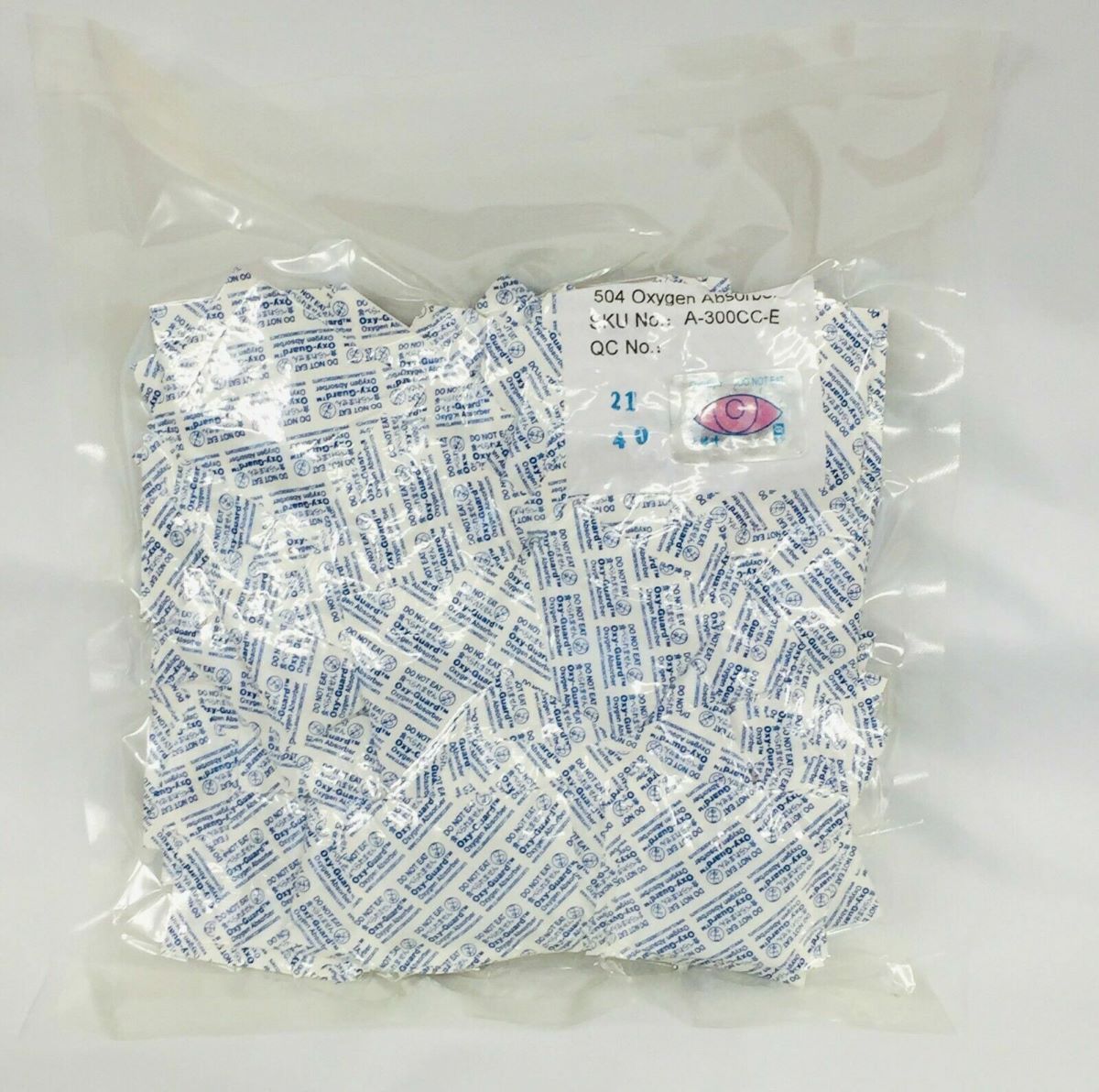

Articles
How To Store Oxygen Absorbers
Modified: December 7, 2023
Discover the proper way to store oxygen absorbers in this informative article. Find out why proper storage is crucial for their effectiveness and longevity.
(Many of the links in this article redirect to a specific reviewed product. Your purchase of these products through affiliate links helps to generate commission for Storables.com, at no extra cost. Learn more)
Introduction
Welcome to our guide on how to store oxygen absorbers. If you are unfamiliar with oxygen absorbers or have recently started using them, it is important to understand the proper storage methods to maintain their effectiveness. Oxygen absorbers are small packets made of iron powder that are used to remove oxygen from sealed containers, such as food storage containers or packaging. By removing oxygen, these absorbers help prevent spoilage, preserve freshness, and extend the shelf life of various products, including food and pharmaceuticals.
Storing oxygen absorbers correctly is crucial to ensure their longevity and effectiveness. If they are not stored properly, they can lose their absorption capacity and may not perform as intended when used. In this article, we will explore why it is important to store oxygen absorbers properly, provide useful tips for their storage, guide you through the step-by-step process of storing them, and highlight common mistakes to avoid.
By following the recommended storage practices outlined in this guide, you can maximize the shelf life and effectiveness of your oxygen absorbers, thus ensuring that they are always ready for use when needed. Let’s dive in and discover how to store oxygen absorbers the right way.
Key Takeaways:
- Proper storage of oxygen absorbers is crucial to maintain their effectiveness, prolong shelf life, and prevent contamination, ultimately saving money and ensuring product freshness.
- Storing oxygen absorbers in airtight containers, in a cool and dry place, and avoiding common mistakes ensures their effectiveness in preserving the quality of various products.
Read more: How To Store Unused Oxygen Absorbers
What are Oxygen Absorbers?
Oxygen absorbers are small packets or sachets that are designed to remove oxygen from sealed containers or packaging. They are typically made of iron powder, which reacts with oxygen to form iron oxide. This process effectively reduces the oxygen levels within the container, creating an oxygen-free environment that helps preserve the quality and freshness of various products.
The primary purpose of oxygen absorbers is to prevent spoilage and degradation caused by the presence of oxygen. Oxygen is a crucial element for the growth of microorganisms such as bacteria, mold, and yeast. It also contributes to the oxidation of fats, oils, and other ingredients, leading to rancidity and loss of flavor. By removing oxygen, oxygen absorbers inhibit the growth of microbes and oxidative reactions, thereby delaying spoilage and extending the shelf life of packaged goods.
Oxygen absorbers are commonly used in various industries, including food storage, pharmaceuticals, electronics, and preservation of collectibles. In the food industry, they play a vital role in preserving the quality and freshness of a wide range of edible products, including dried fruits, nuts, meats, spices, and baked goods. They are particularly useful in long-term food storage scenarios, such as emergency preparedness, camping, and preserving food for extended periods of time.
It is important to note that oxygen absorbers are different from desiccants, which are used to absorb moisture. While both serve different purposes, they are sometimes used together in packaging to maintain optimal storage conditions for products that are sensitive to both oxygen and moisture.
Now that we understand what oxygen absorbers are and their primary purpose, let’s explore why it is crucial to store them properly to maintain their effectiveness.
Why Store Oxygen Absorbers Properly?
Proper storage of oxygen absorbers is essential to ensure their effectiveness when needed. Here are a few reasons why storing them correctly is crucial:
- Prolonged Shelf Life: Oxygen absorbers have a limited shelf life, typically ranging from 6 months to 2 years, depending on the type and manufacturer. By storing them properly, you can extend their shelf life and ensure that they remain active and effective for the intended duration. Improper storage conditions, such as exposure to moisture or high temperatures, can degrade their components and reduce their absorption capacity over time.
- Maintain Absorption Capacity: The effectiveness of oxygen absorbers is measured by their absorption capacity, which is the amount of oxygen they can remove from the environment. Proper storage ensures that the absorbers retain their original absorption capacity, preventing their performance from diminishing. If they are not stored correctly, the iron powder inside the packets may react with moisture or be exposed to oxygen prematurely, rendering them less effective.
- Prevent Contamination: Oxygen absorbers should be kept in a clean and hygienic environment to prevent contamination. This is particularly crucial in the food industry, where any contamination can compromise the safety and quality of the products. By storing them properly, away from sources of contamination such as chemicals, insects, or direct contact with food, you can maintain the integrity of the absorbers and prevent any potential contamination issues.
- Cost-Effectiveness: Proper storage of oxygen absorbers ensures that they remain viable for their intended purpose. This prevents the need for frequent replacement, saving you money in the long run. When properly stored, you can rely on the absorbers to effectively remove oxygen, thus reducing the risk of spoilage and extending the shelf life of your products.
Overall, storing oxygen absorbers correctly is essential for maintaining their effectiveness, prolonging their shelf life, and ensuring that they perform as intended. Now that we understand the importance of proper storage, let’s explore some tips to help you store oxygen absorbers effectively.
Tips for Storing Oxygen Absorbers
Proper storage of oxygen absorbers is crucial to maintain their effectiveness. Here are some practical tips to help you store your oxygen absorbers correctly:
- Keep in airtight containers: Oxygen absorbers should always be stored in airtight containers to prevent exposure to oxygen. Use sealed plastic bags, glass jars with tight lids, or vacuum-sealed pouches to store the absorbers.
- Store in a cool, dry place: Oxygen absorbers should be stored in a cool and dry environment. Moisture and high temperatures can compromise their effectiveness. Avoid storing them in areas like basements, garages, or near sources of heat or humidity, such as stoves or dishwashers.
- Avoid exposure to light: Oxygen absorbers should be stored away from direct sunlight or any source of intense light. Light can accelerate the oxidation process and reduce the absorption capacity of the packets.
- Separate from moisture-absorbing products: Oxygen absorbers should be stored separately from desiccants or other moisture-absorbing products. If stored together, they may react with each other and become less effective.
- Do not open until ready to use: Oxygen absorbers are designed to start working once exposed to oxygen. Therefore, it is important to keep them sealed in their packaging until you are ready to use them. Opening them prematurely can reduce their effectiveness.
- Label and date: Ensure that you label each container or package of oxygen absorbers with the date of purchase or expiry. This will help you keep track of their shelf life and ensure that you use them before they expire.
- Inspect for damage: Before storing the oxygen absorbers, check them for any signs of damage or leakage. Discard any packets that are torn, punctured, or have a compromised seal.
- Rotate stock: If you have a large quantity of oxygen absorbers, it is a good practice to rotate your stock. Use the older packets first to ensure that you are always using the freshest and most effective absorbers.
By following these tips, you can ensure that your oxygen absorbers remain in optimal condition, ready to be used when needed. Now that we know how to store oxygen absorbers properly, let’s dive into a step-by-step guide on storing them effectively.
Store oxygen absorbers in airtight containers, such as mason jars or vacuum-sealed bags, to prevent them from activating prematurely. Keep them in a cool, dry place away from moisture and direct sunlight.
Step-by-Step Guide to Storing Oxygen Absorbers
Properly storing oxygen absorbers is crucial to maintain their effectiveness. Follow these step-by-step instructions to store your oxygen absorbers correctly:
- Gather airtight containers: Select airtight containers such as sealed plastic bags, glass jars with tight lids, or vacuum-sealed pouches. Ensure that the containers are clean and dry.
- Prepare the containers: Clean and dry the containers before use. If using glass jars, make sure to sterilize them to prevent any contamination that can affect the integrity of the oxygen absorbers.
- Place the oxygen absorbers: Open the package of oxygen absorbers and place them into the prepared containers. Start with small quantities to avoid exposing too many absorbers at once.
- Seal the containers: Ensure that the containers are tightly sealed to prevent oxygen from entering. If using plastic bags, press out any excess air before sealing. If using glass jars, double-check that the lids are securely fastened.
- Label and date: Use a marker or label to write the date of purchase or expiry on each container. This will help you keep track of their shelf life and usage.
- Store in a cool, dry place: Find a cool and dry location to store the containers. Keep them away from direct sunlight, moisture, and heat sources. Ideally, store them in a pantry or cupboard that maintains a consistent temperature.
- Rotate and monitor: Periodically check the oxygen absorbers for any signs of damage or leakage. Discard any packets that appear compromised. Rotate your stock, using the older packets first to ensure freshness and effectiveness.
Following these steps will help you store your oxygen absorbers properly, maximizing their shelf life and maintaining their absorption capacity. Now that you know how to store them correctly, let’s explore some common mistakes to avoid in oxygen absorber storage.
Common Mistakes to Avoid in Oxygen Absorber Storage
While it is important to know how to store oxygen absorbers properly, it is equally important to be aware of common mistakes to avoid. Here are some common mistakes people make when storing oxygen absorbers:
- Exposure to air: One of the most common mistakes is exposing oxygen absorbers to air before use. Oxygen absorbers start working once they come into contact with oxygen, so opening them prematurely can reduce their effectiveness. Keep them sealed in their packaging until you are ready to use them.
- Using damaged absorbers: Do not use oxygen absorbers if they are damaged, torn, or have a compromised seal. Damaged absorbers may not work effectively, and they can contaminate your products or packaging.
- Storing near moisture-absorbing products: Avoid storing oxygen absorbers together with desiccants or other moisture-absorbing products. They can react with each other, reducing their effectiveness. Keep oxygen absorbers and moisture-absorbing products separate to maintain their individual functionality.
- Not using airtight containers: Oxygen absorbers need to be stored in airtight containers to prevent exposure to oxygen. Failing to use proper containers such as sealed plastic bags, glass jars with tight lids, or vacuum-sealed pouches can compromise the absorption capacity of the oxygen absorbers.
- Improper storage conditions: Avoid storing oxygen absorbers in areas with high temperatures, direct sunlight, or excessive moisture. These conditions can degrade the absorbers’ components and reduce their efficacy. Store them in a cool, dry place away from heat sources and direct light.
- Not labeling or dating containers: For effective inventory management, it is essential to label and date the containers holding the oxygen absorbers. This helps you keep track of their shelf life and usage, ensuring that you use them before they expire.
- Using expired absorbers: Oxygen absorbers have a limited shelf life, so using expired ones can result in reduced effectiveness in oxygen removal. Always check the expiry date and replace any expired oxygen absorbers to maintain their performance.
By avoiding these common mistakes, you can ensure that your oxygen absorbers are stored properly and perform at their best when needed. Now that you are aware of these mistakes, let’s wrap up.
Conclusion
Properly storing oxygen absorbers is key to maintaining their effectiveness and maximizing their shelf life. By following the tips and guidelines outlined in this guide, you can ensure that your oxygen absorbers remain in optimal condition for future use. Remember the importance of using airtight containers, storing them in a cool and dry place, and avoiding common mistakes such as exposing them to air or storing them near moisture-absorbing products.
Additionally, labeling and dating the containers will help you keep track of their shelf life and usage, ensuring that you use them before they expire. By storing oxygen absorbers correctly, you can prevent spoilage, preserve freshness, and extend the shelf life of various products, including food and pharmaceuticals.
Whether you are using oxygen absorbers for long-term food storage, preserving collectibles, or maintaining the quality of pharmaceuticals, proper storage is essential in ensuring their effectiveness. Taking the time to store them correctly will not only save you money in the long run but also provide you with peace of mind knowing that your products are protected from spoilage and degradation.
So, remember to keep your oxygen absorbers in airtight containers, store them in a cool and dry place, and avoid common storage mistakes. By doing so, you can confidently rely on your oxygen absorbers to remove oxygen and preserve the quality of your products. Thank you for reading, and we hope this guide has been helpful in understanding how to store oxygen absorbers properly.
Frequently Asked Questions about How To Store Oxygen Absorbers
Was this page helpful?
At Storables.com, we guarantee accurate and reliable information. Our content, validated by Expert Board Contributors, is crafted following stringent Editorial Policies. We're committed to providing you with well-researched, expert-backed insights for all your informational needs.
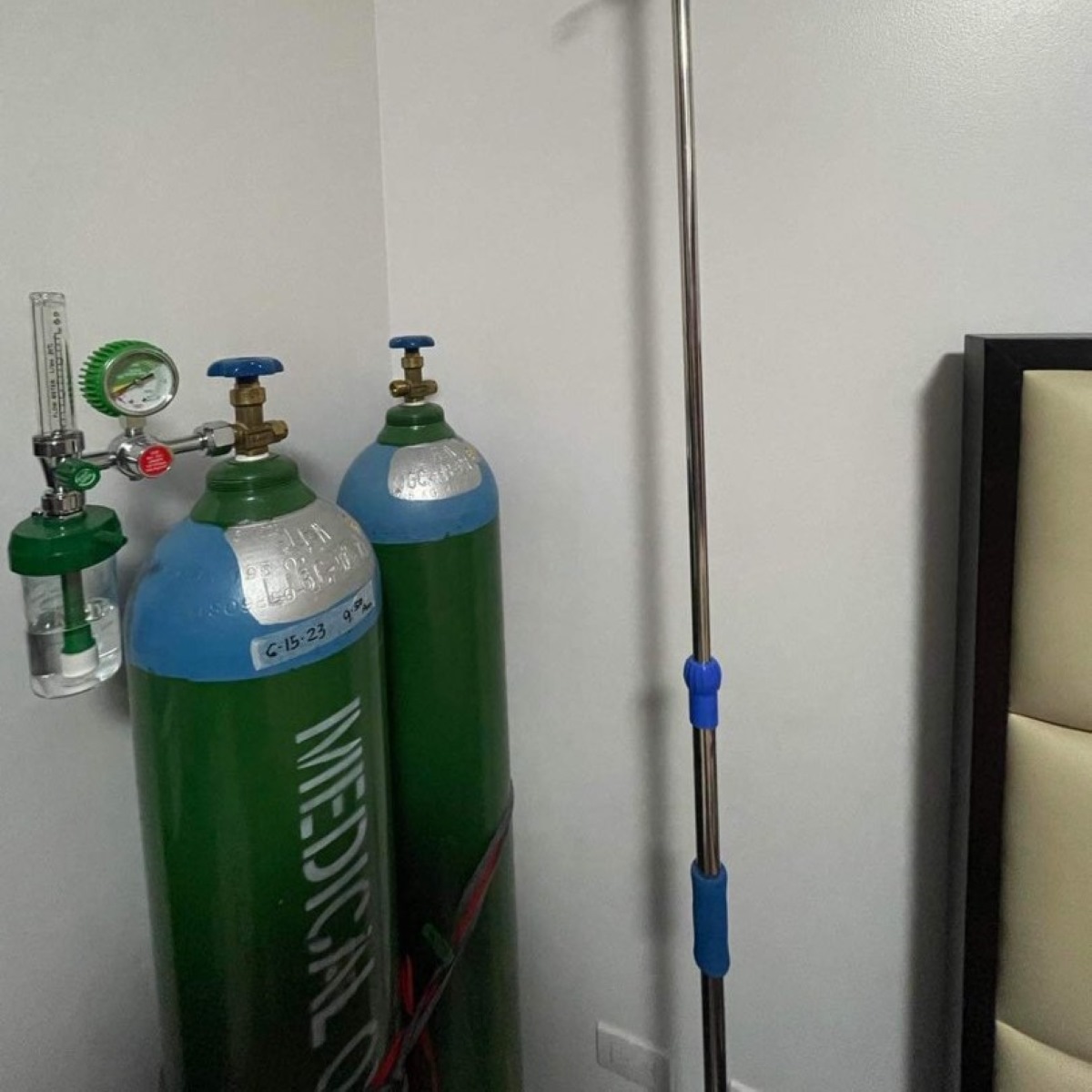
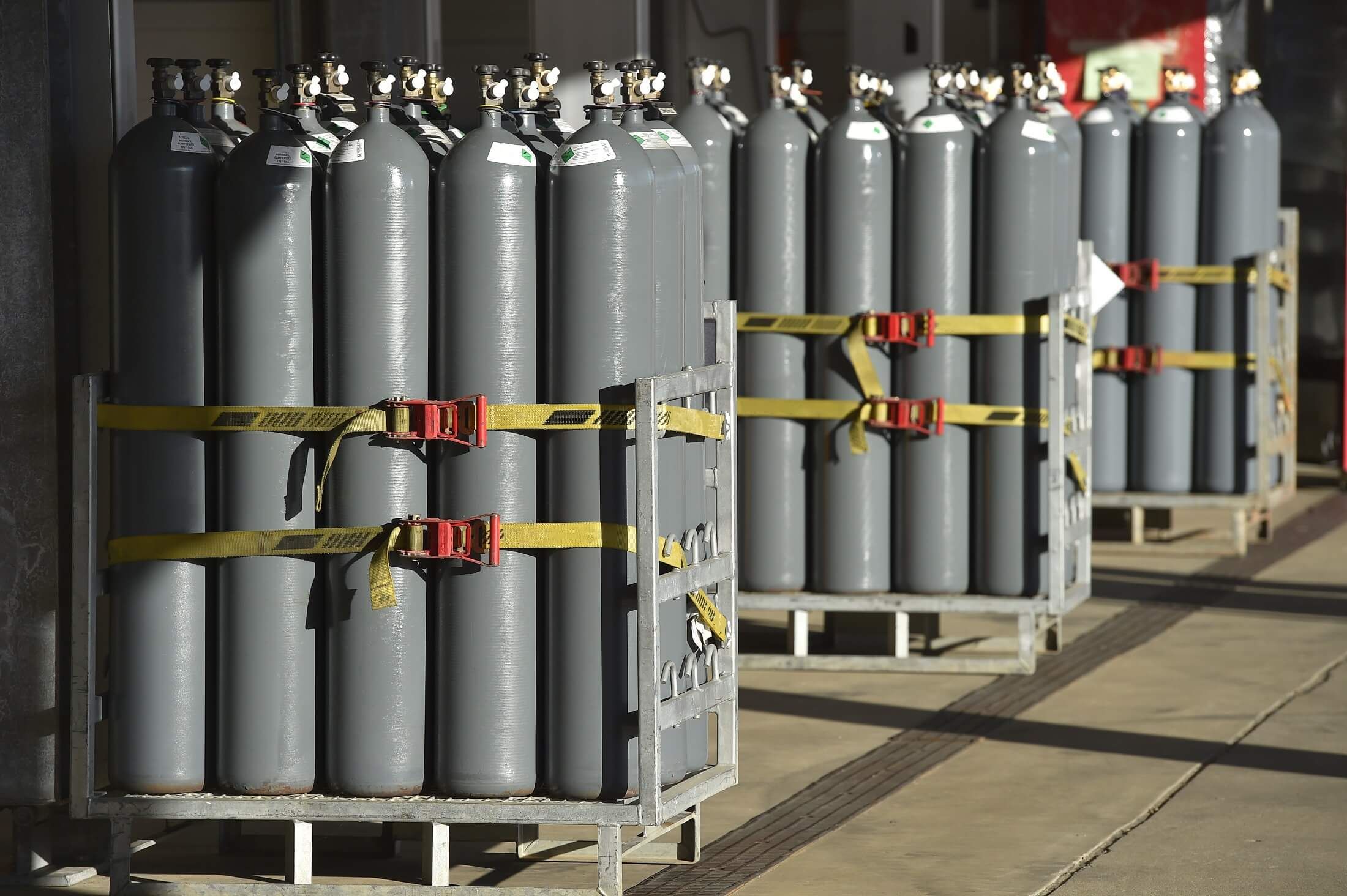
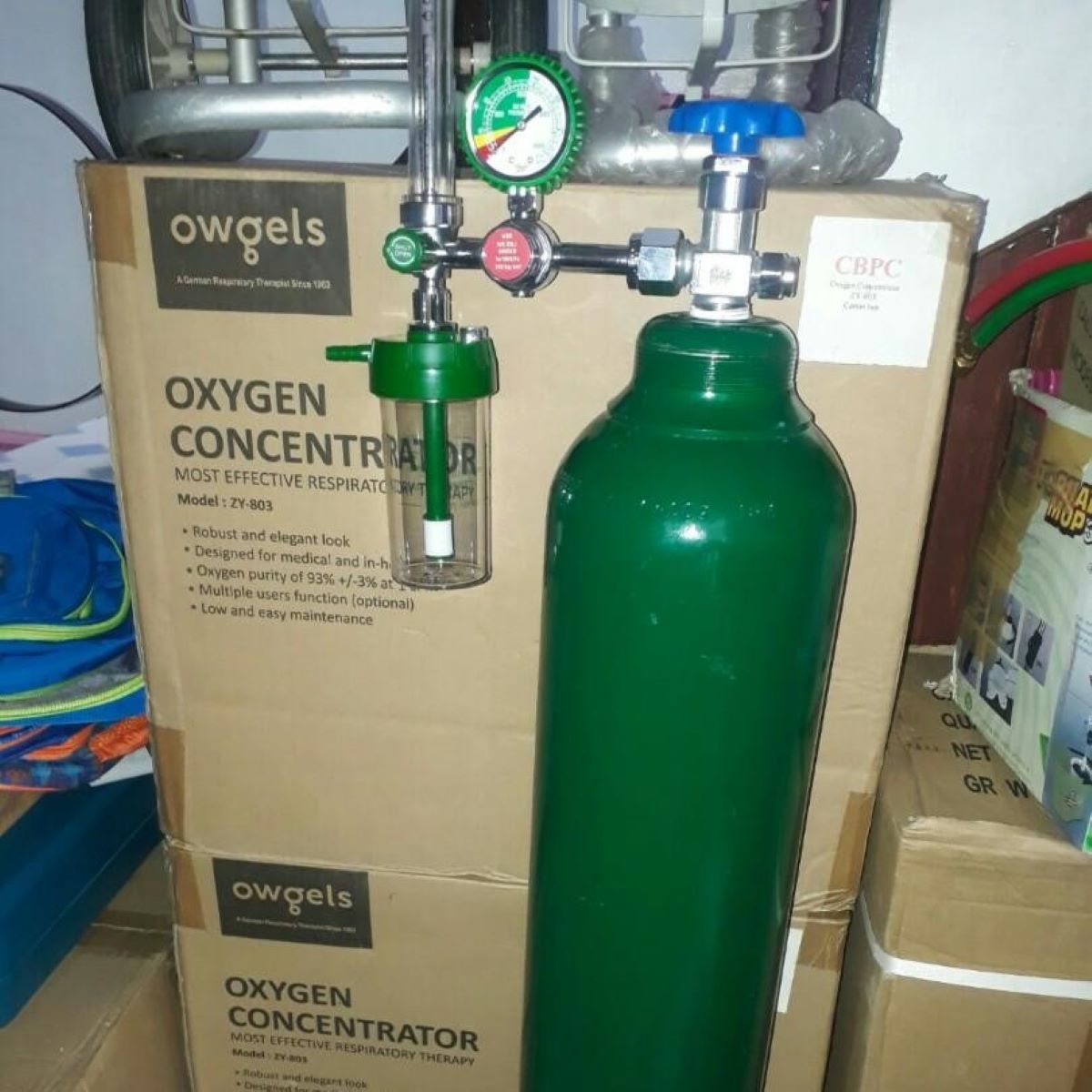
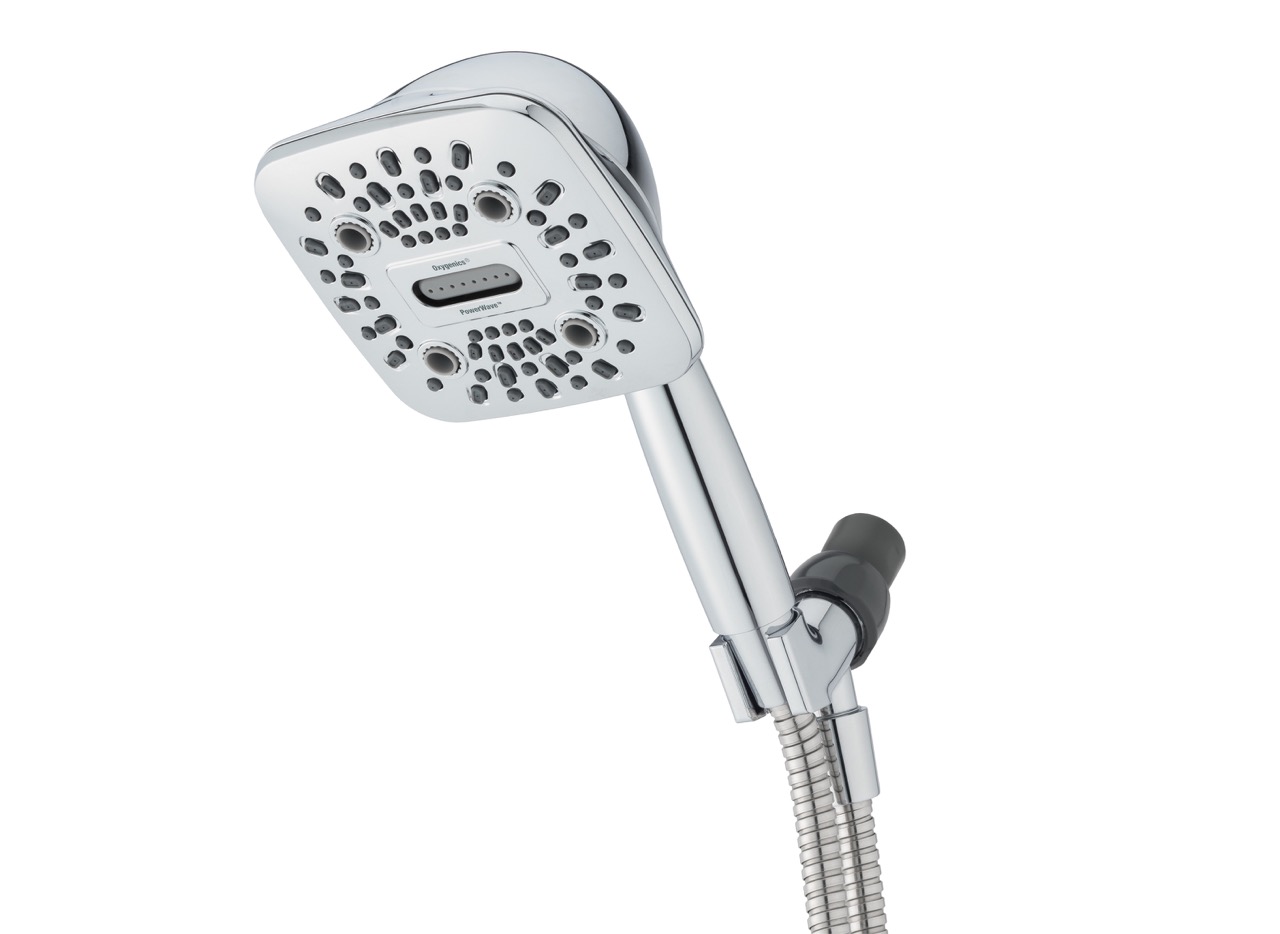
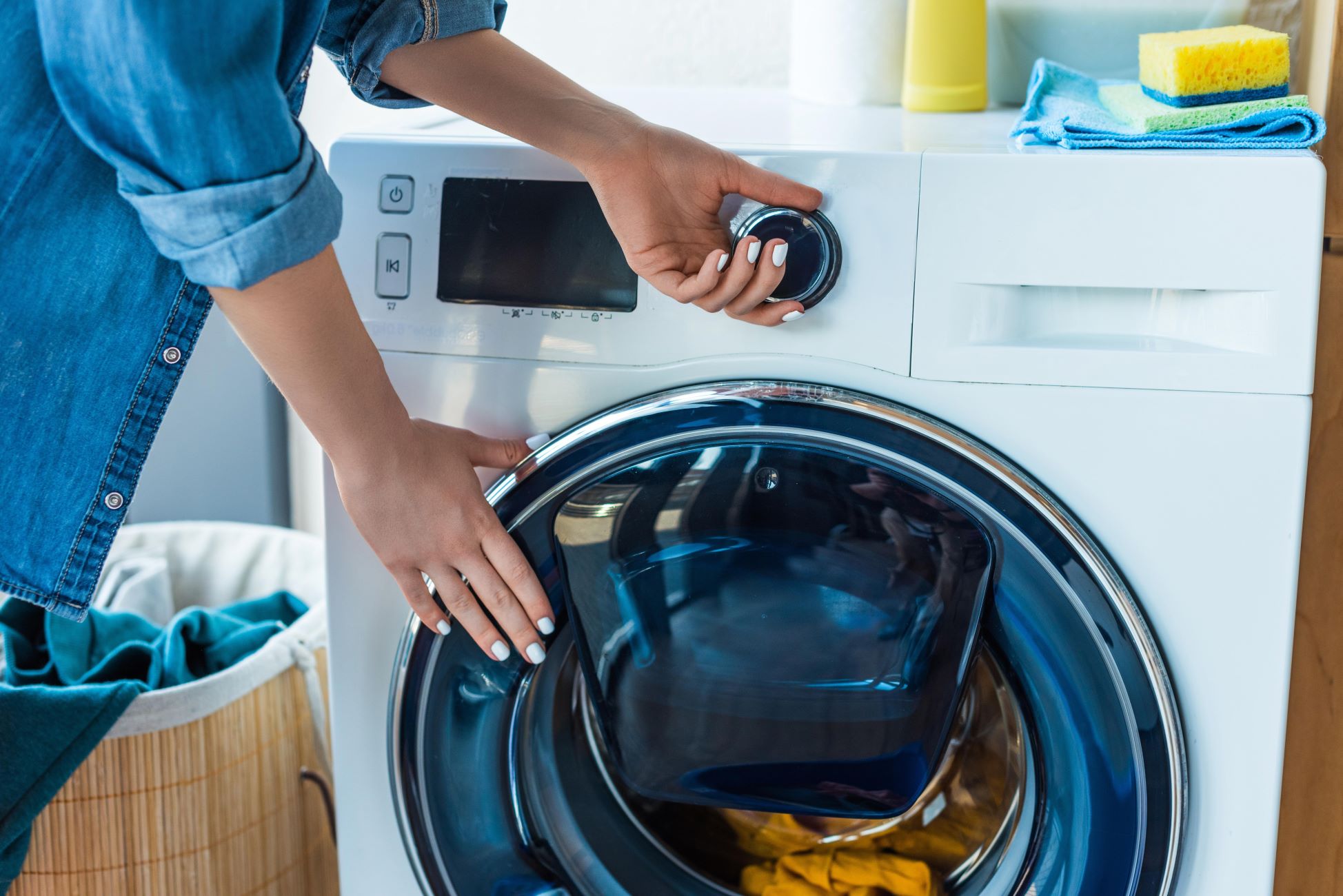
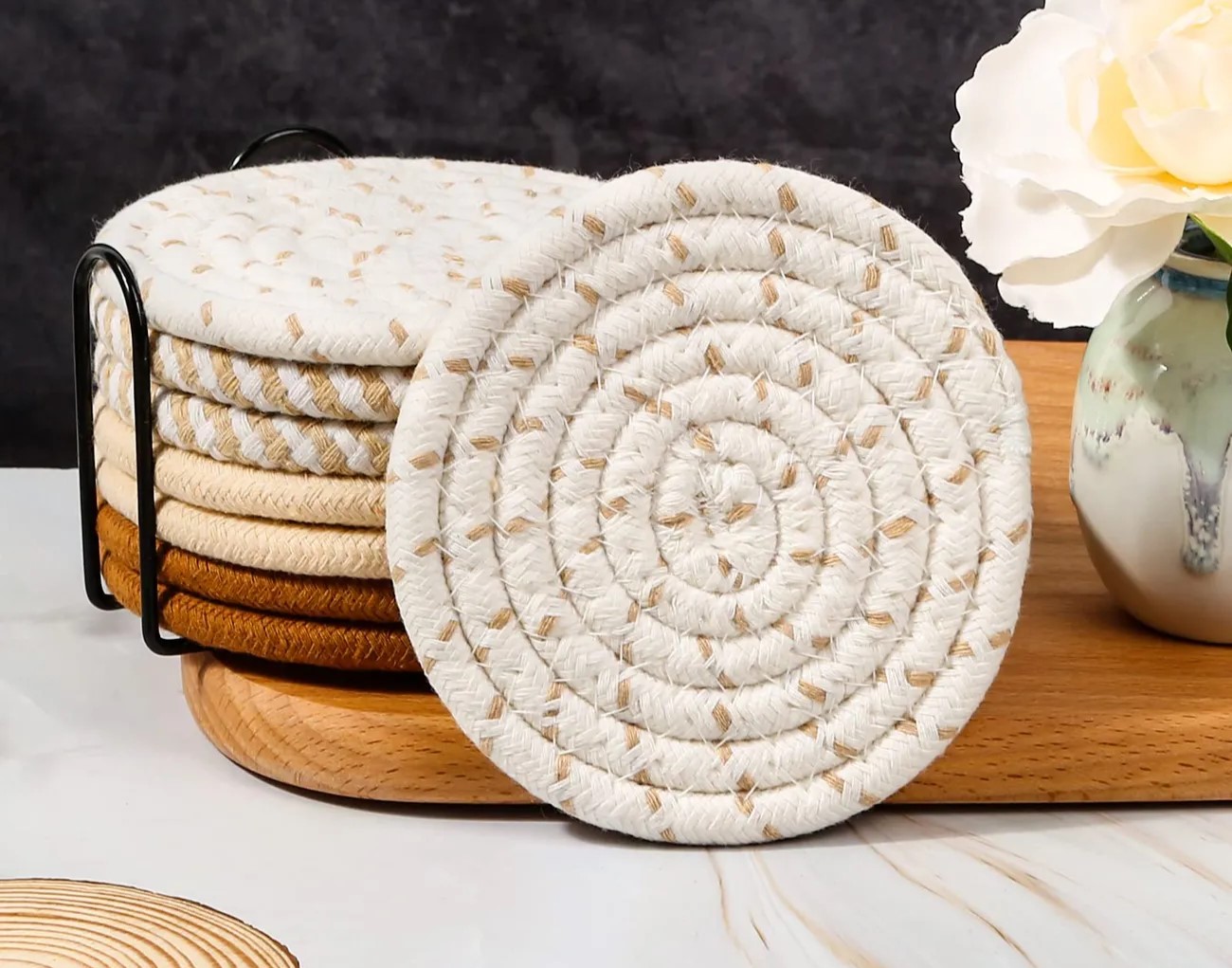

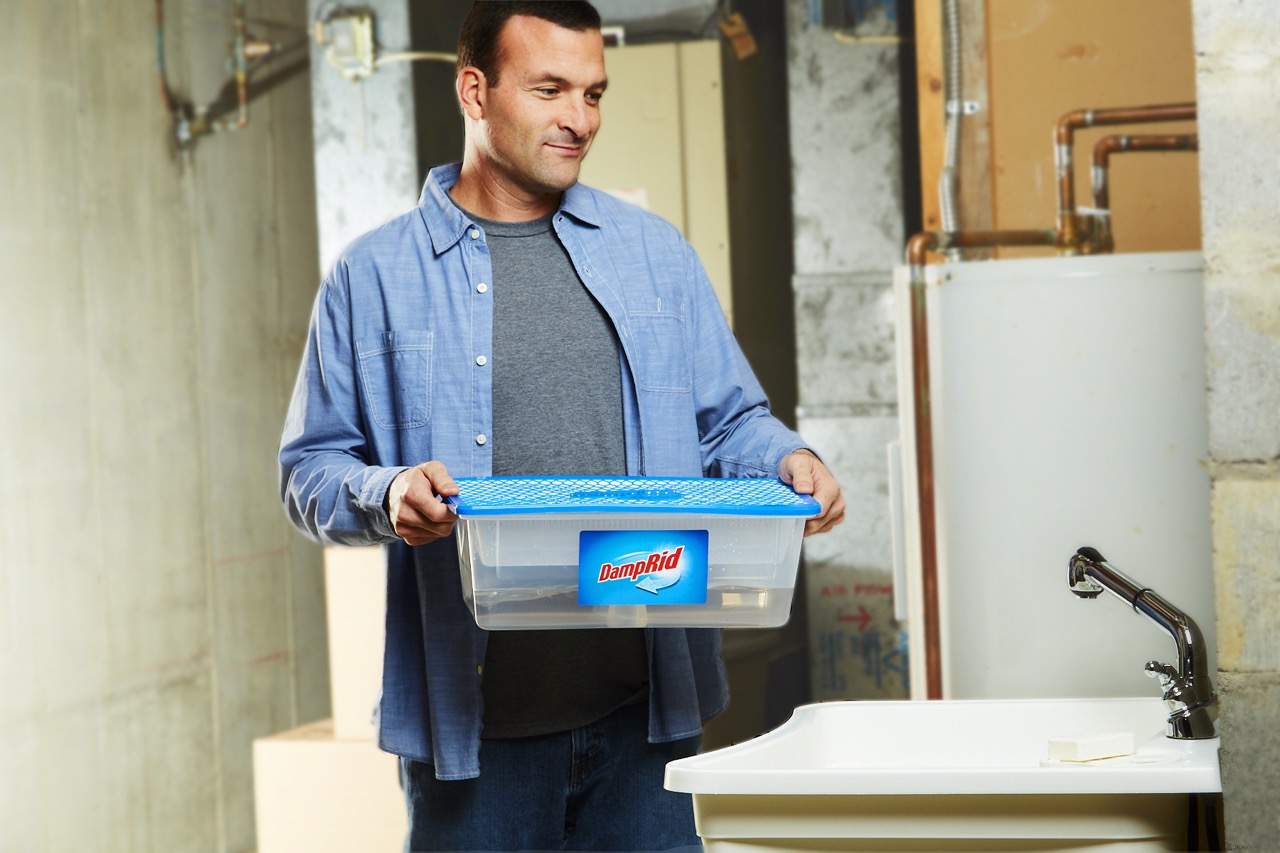
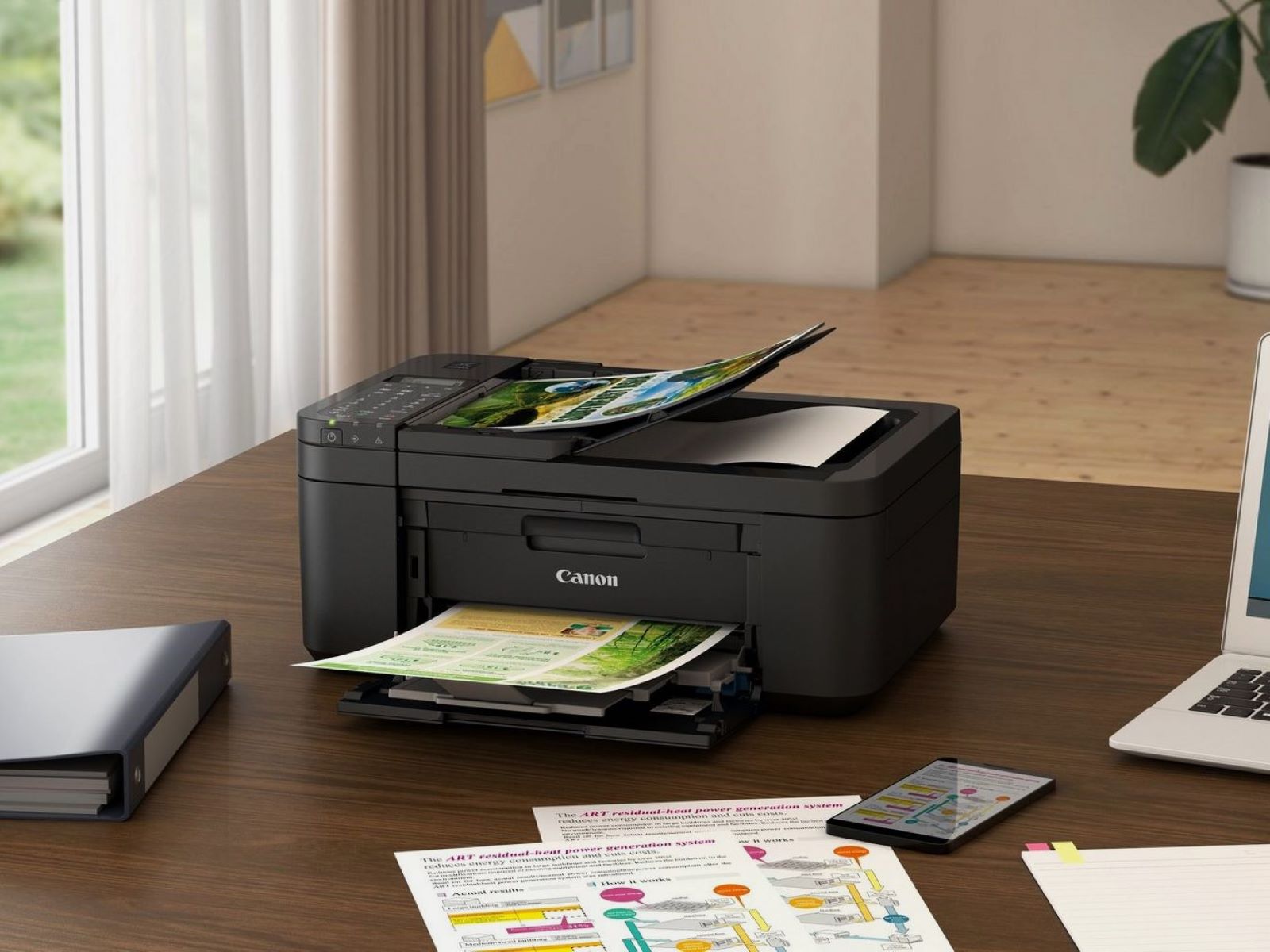
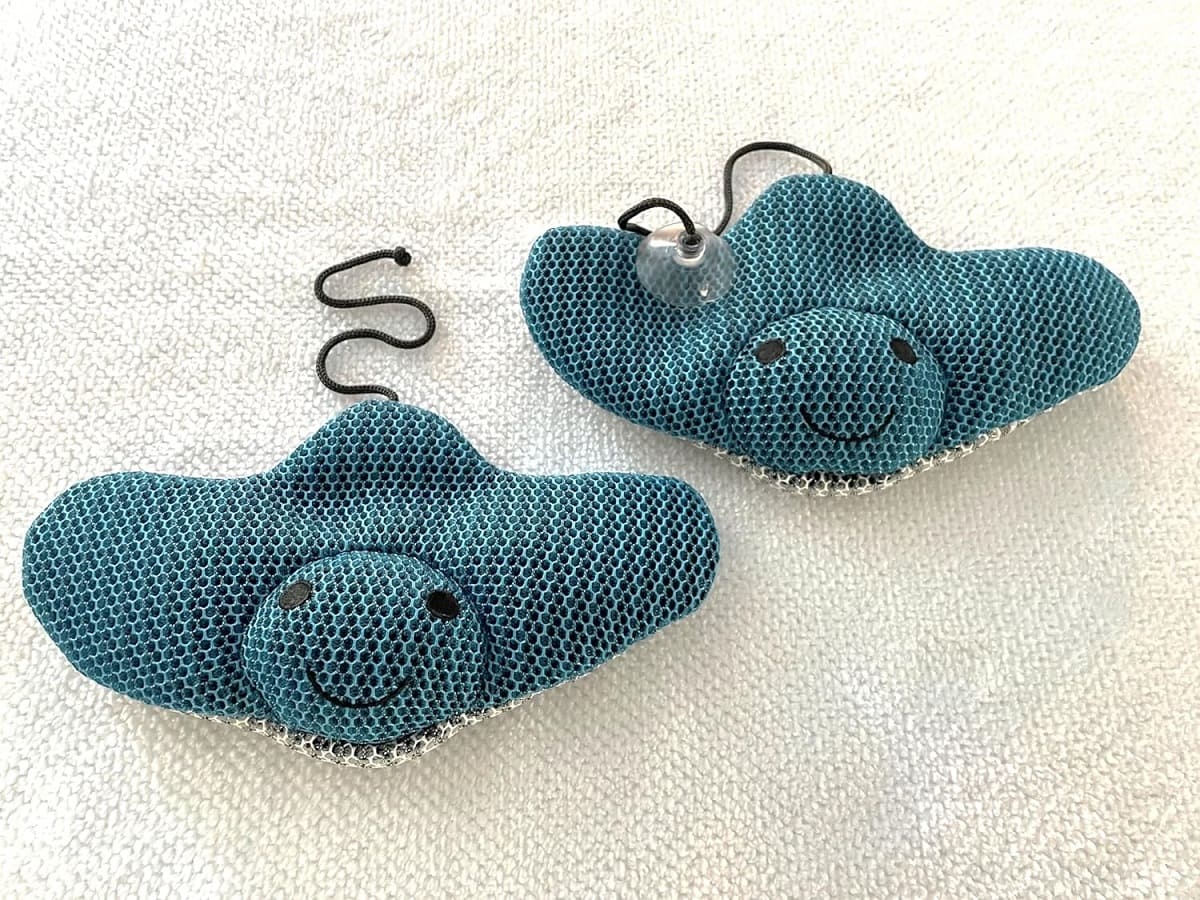
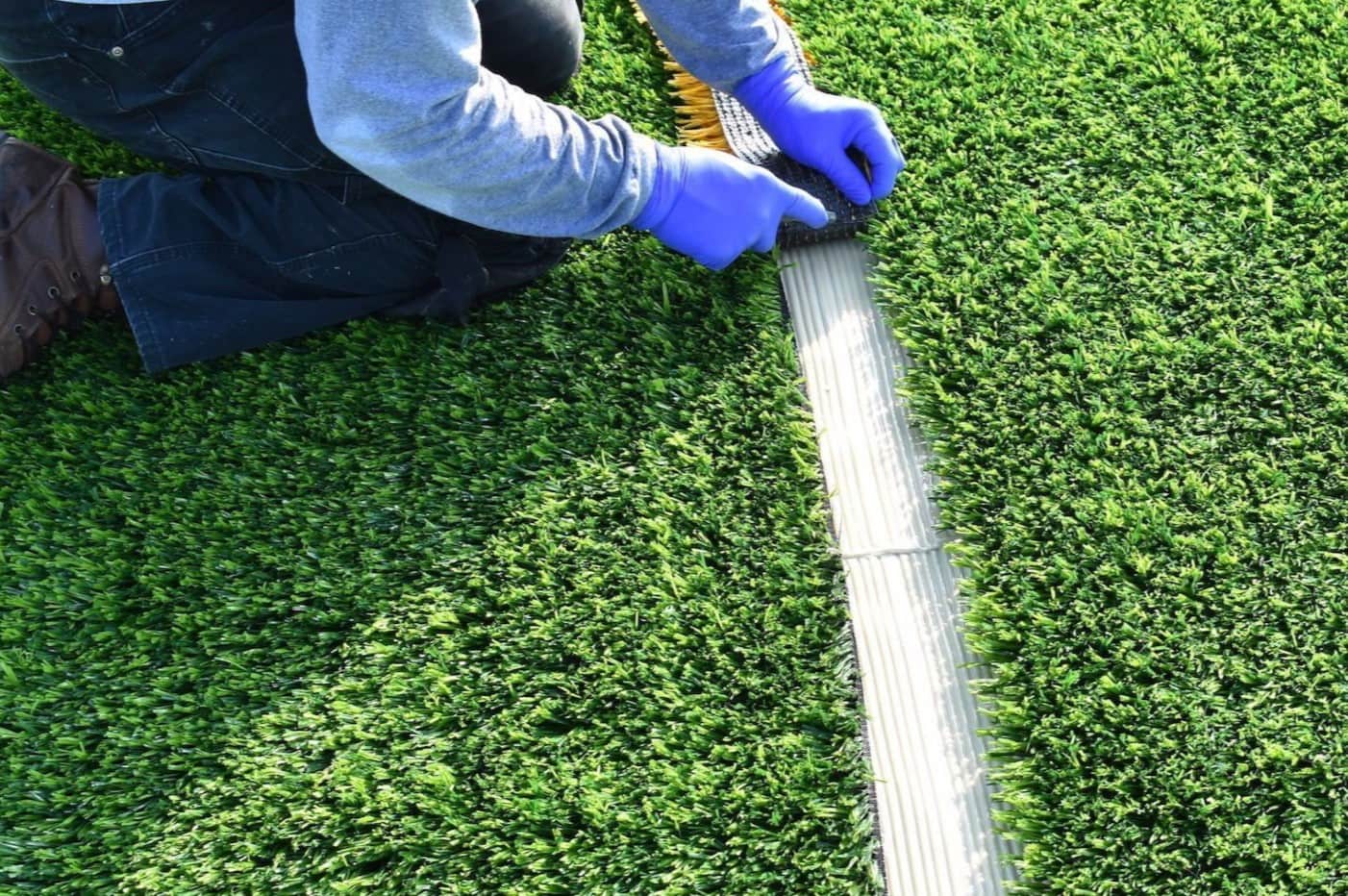
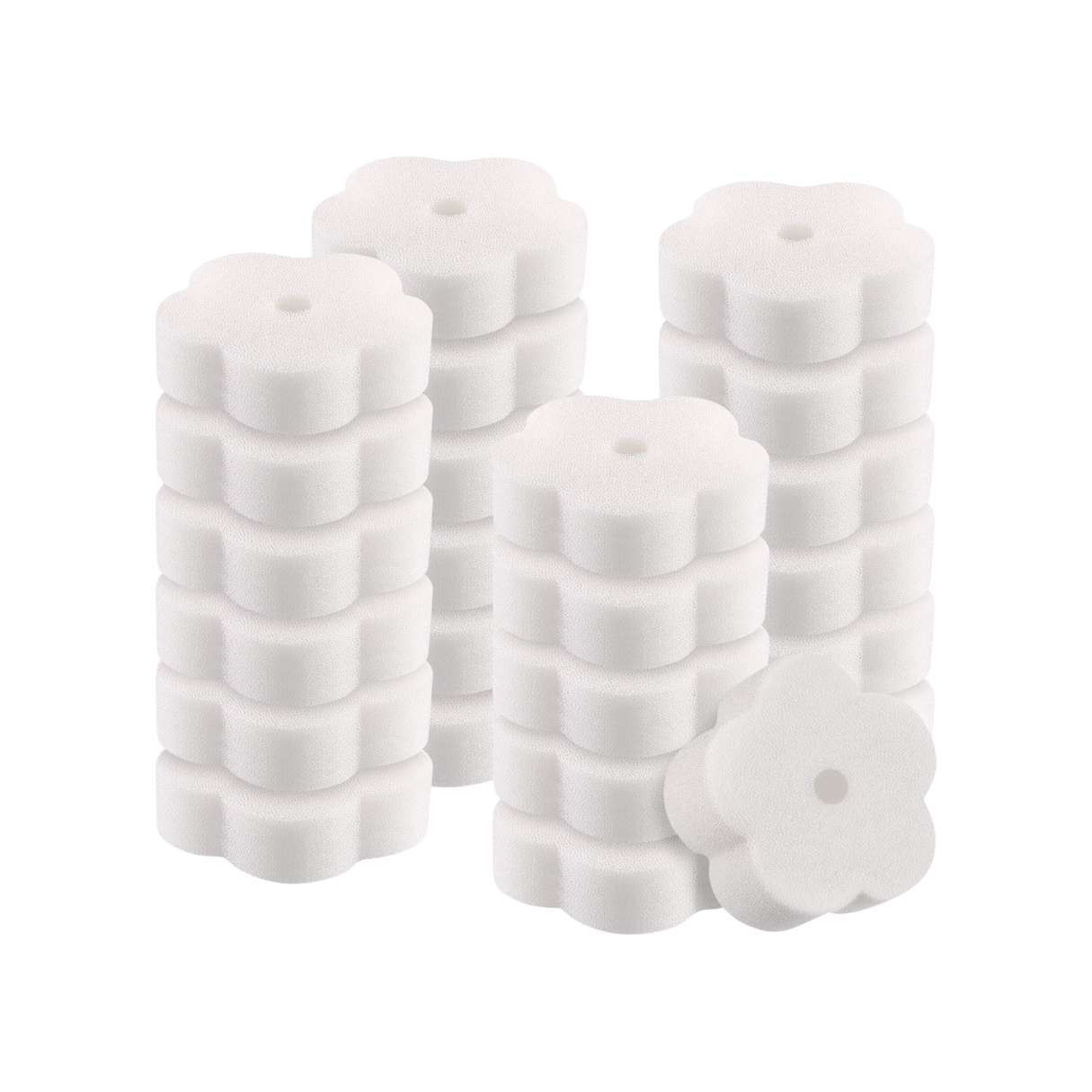



0 thoughts on “How To Store Oxygen Absorbers”